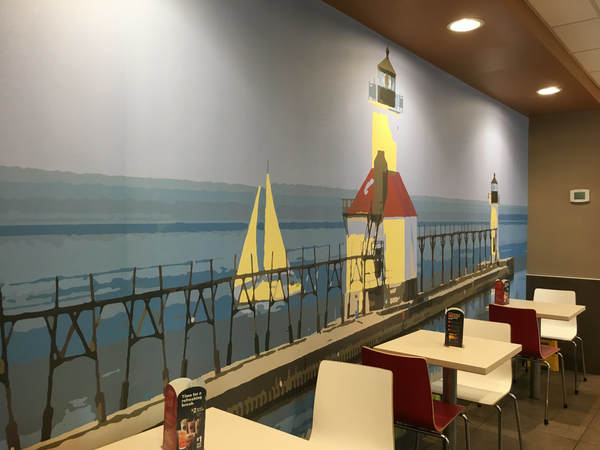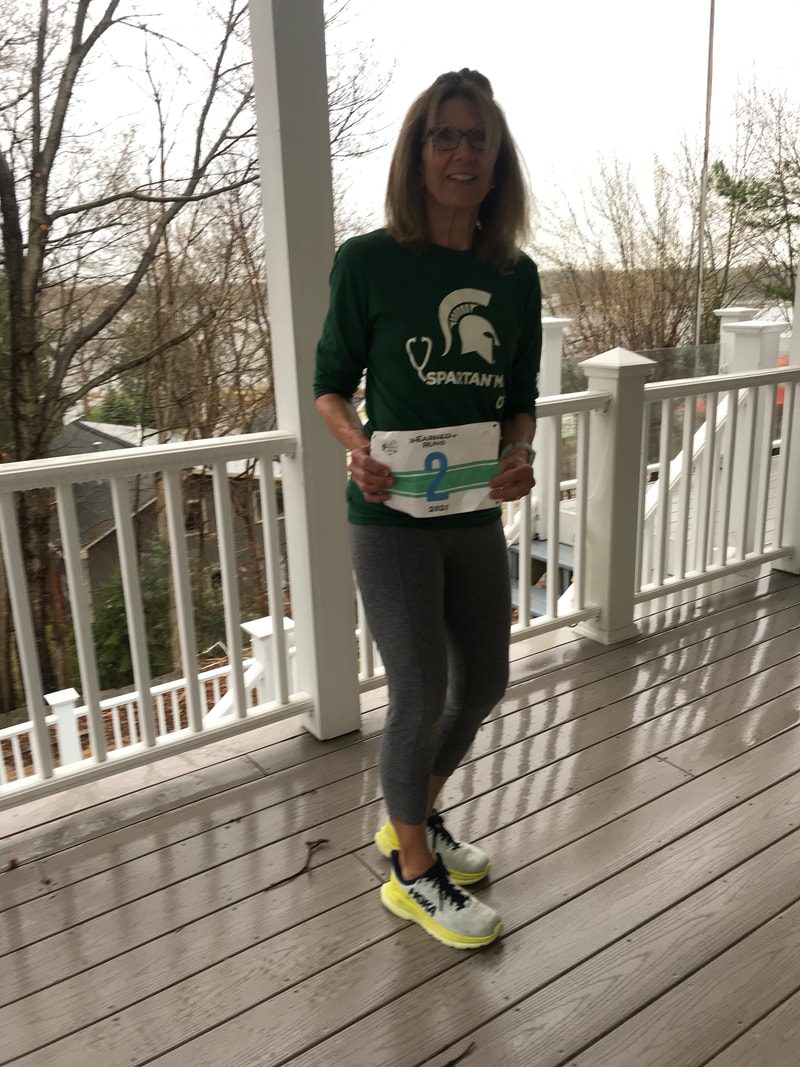BLOG
|
|
THE COLOR OF HYDRATION. WHEN IT COMES TO PROPER HYDRATION, MOST ENDURANCE ATHLETES will recall being told at least once in their careers, by a trainer, coach, or friend, to check urine color. Light yellow is best; shades that begin to appear dark gold or brown are in the danger zone. A chart from the USADA (U.S. Anti-Doping Agency) provides images to help make this assessment, which show 3 levels of urine color: hydrated; dehydrated, extremely dehydrated.
Other recommended assessment methods involve checking bodyweight before and after a session/event to assess re-hydration requirements. [The USADA recommends that for every pound lost during exercise, 3 cups of fluid should be taken for re-hydration.] Weighing is not always practical, or possible, especially away from home. What most of us do is check the toilet water color before flushing. However, there can be a problem with this ‘diagnostic’ method. First a little bit of physiology. MedLinePlus indicates normal range of urine output for an adult during a 24-hour period is 800-2,000 milliliters/day with a normal intake of 2,000 milliliters (2 liters)/day. Translated this means an output of roughly 1/8 to 1/3 cup of urine per hour over a 24 hour period. [Textbook calculation for a patient post-surgery, to assess minimally adequate kidney function is 0.5 ml/kg bodyweight/hour. For a 60kg (132 lb.) person, that’s 30 ml/hour (or 1/8 cup/hour); for an 80 kg (176 lb.) person it’s 40 ml/hour (or 1/6 cup/hour). ] If a well-hydrated runner/walker/cyclist at these bodyweights empties her/his bladder before an endurance event, that translates to a minimum of approximately ¼ cup to ½ cup of urine MADE by the body after a few to several hours has elapsed. Which is a reasonable time estimate, when time spent waiting to start, then actually completing a training session or event, and finally finding a rest room is added up. To get back to the method of urine evaluation which involves checking the color of the water in the toilet bowl after making a pit stop. The problem hinted at earlier is that the formal color chart demonstrates ‘pure’ urine (as if we had peed in a cup at a testing lab); the urine color we assess in the toilet bowl is that of our pee diluted with toilet bowl water. Because it is diluted, it will appear lighter than the urine itself, a risk that an overestimation of hydration level will result. There are other issues. Most permanent private and public facilities have white porcelain fixtures, making color assessment possible. However, gray-ish stainless steel toilet bowls can be found in some recreational park buildings, in which case color assessment will be more difficult. A visual assessment is impossible, of course, in portable potties! The level of water (thus amount of water) in the toilet bowl must be considered in making an assessment of color. In public or event facilities it can be fairly similar to that present in home bathrooms, which also facilitates urine color evaluation, but low water usage models can have significantly less water. The amount of urine delivered into the toilet bowl water makes a difference too. The less the pee and the more the water, the lighter the color. Thus, to be helpful, the mental and visual assessment of personal hydration must account for the amount of hydration taken in, and the amount of urine and the volume of water into which it is delivered. This seems complicated but it’s an informal calculation most athletes have been performing all along. The purpose of the post is to raise awareness that the shade of yellow water which is seen in the toilet may be deceptive. And a bit more thought might be needed on hot days or with more difficult endurance efforts to stay in the safe zone of hydration. A wise move might be to perform a urine color and volume check just before and just after a session/event, regardless of whether a need is experienced. Usually we can squeeze a little bit out, on demand. Indications you may not be adequately hydrated:
Perhaps this is more discussion about urine color and volume than seems necessary. However, if situations arise in which doubt exists about hydration level, it can be helpful to possess more knowledge than less about on-the-road assessment methods. RUN & MOVE HAPPY! NOTE: Dimity McDowell authored an item in 2013 for runnersworld.com that dispels eight hydration myths. https://www.runnersworld.com/nutrition-weight-loss/a20831302/8-hydration-myths-busted/ https://www.usada.org/resources/nutrition/fluids-and-hydration/ https://medlineplus.gov/ency/article/003425.htm https://www.runnersworld.com/nutrition-weight-loss/a20831302/8-hydration-myths-busted/ https://www.ncbi.nlm.nih.gov/pmc/articles/PMC2780230/
0 Comments
Your comment will be posted after it is approved.
Leave a Reply. |
BRIDGE TO PHYSICAL SELF
Running, walking, and fitness activities enable us to experience our physical selves in a world mostly accessed through use of fingers on a mobile device. AuthorEARNED RUNS is edited and authored by me, runner and founder. In 1978 I began participating in 10K road races before 5Ks were common. I've been a dietitian, practiced and taught clinical pathology, and been involved with research that utilized pathology. I am fascinated with understanding the origins of disease as well as health and longevity. Archives
November 2023
CategoriesNew! Search Box
Earned Runs is now searchable! Check it out...
|


 RSS Feed
RSS Feed